#Hupehsuchus
Text

Hupehsuchians were small marine reptiles closely related to ichthyosaurs, known only from the Early Triassic of southwestern China about 249-247 million years ago. They had toothless snouts, streamlined bodies, paddle-like limbs, and long flattened tails, along with a unique pattern of armor along their backs made up of overlapping layers of bony osteoderms.
Hupehsuchus nanchangensis was a mid-sized member of the group, about 1m long (3'3"). Newly-discovered fossils of its skull show that its long flattened snout had a distinctive gap between the bones (similar to the platypus-like snout seen in its relative Eretmorhipis) with an overall shape surprisingly convergent with that of modern baleen whales – suggesting that this hupehsuchian may have been a similar sort of filter-feeder.

Hupehsuchus skull compared to a modern minke whale
[From fig 2 & fig 3 of Fang et al (2023). First filter feeding in the Early Triassic: cranial morphological convergence between Hupehsuchus and baleen whales. BMC Ecol Evo 23, 36. https://doi.org/10.1186/s12862-023-02143-9]
Grooves in the bones along the outer edges of its upper jaws may be evidence of filtering structures similar to baleen, although with no soft-tissue preservation we don't know exactly what this would have looked like. Its slender flexible lower jaws probably also supported a large expandable throat pouch, allowing it to filter plankton out of larger volumes of water.
———
NixIllustration.com | Tumblr | Patreon
#science illustration#paleontology#paleoart#palaeoblr#hupehsuchus#hupehsuchia#ichthyosauromorpha#reptile#marine reptile#art#triassic weirdos
596 notes
·
View notes
Text
day 16 dont have aegisuchus so ill use other crocodylomorphs
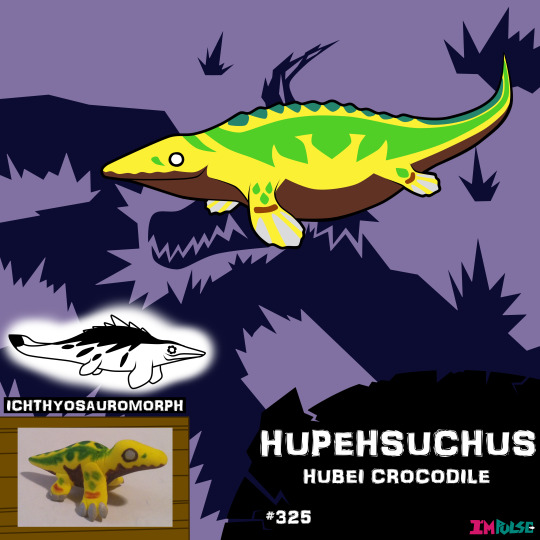

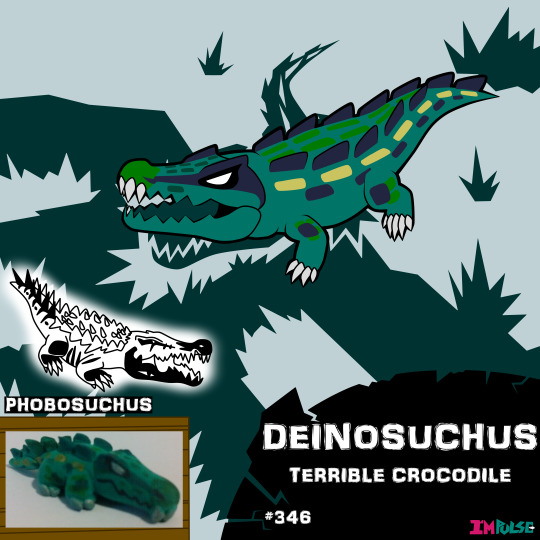
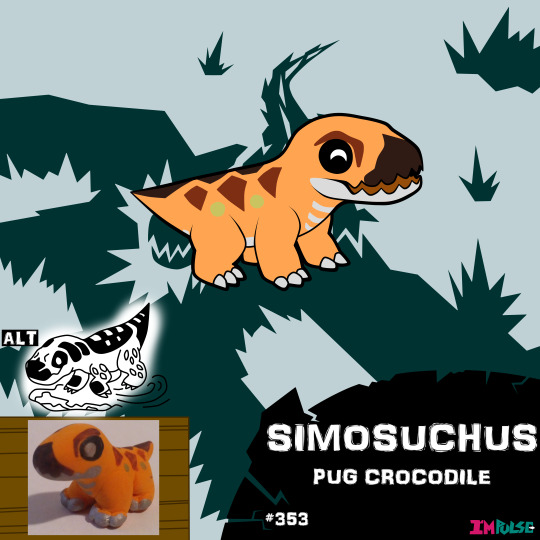
#my art#paleo art#paleoart#crocodylomorph#hupehsuchus#armadillosuchus#deinosuchus#simosuchus#maysozoic#paleolites
15 notes
·
View notes
Text
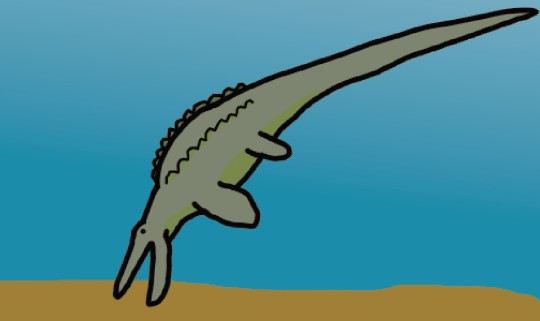
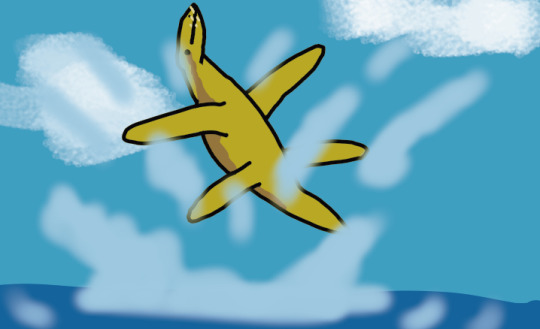

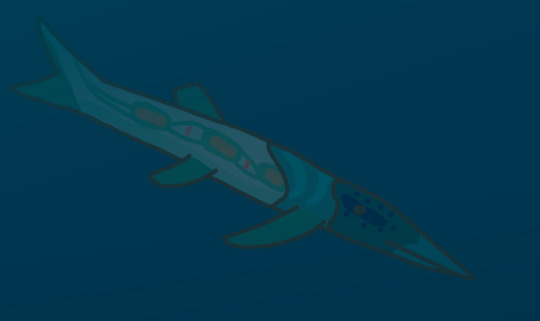
Flocking Together
Hupehsuchus
Bobosaurus
Eucoelophysis
Carolowilhelmina
36 notes
·
View notes
Text


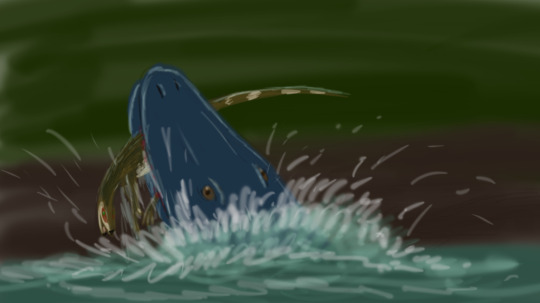

Sketches from last night´s #paleostream Hupehsuchus duo dancing in a shallow lagoon. sleepy Bobosaurus with a swarm of ammonites. Carolowilhelmina swimming around at night.
Eucoelophysis been attacked by a metoposaurid
Carolowilhemina swimming around at night
#paleoart#paleontology#paleostream#20 minute sketch#Hupehsuchus#Bobosaurus#Eucoelophysis#Carolowilhelmina
12 notes
·
View notes
Text

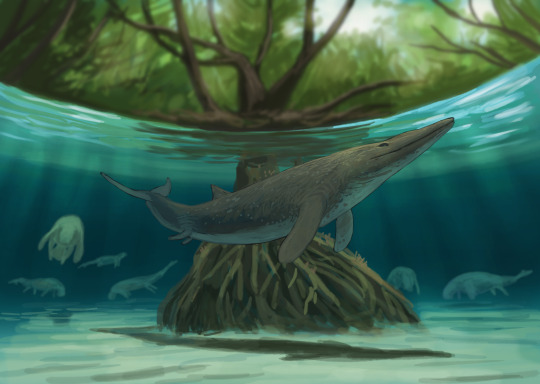
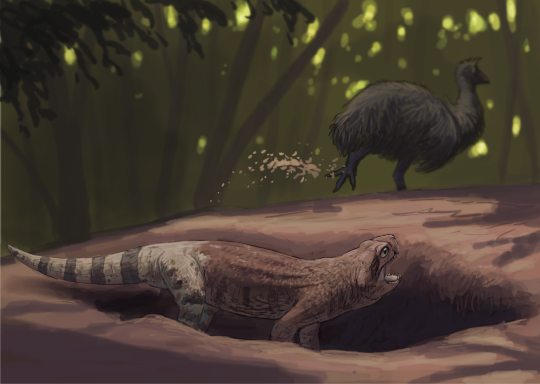
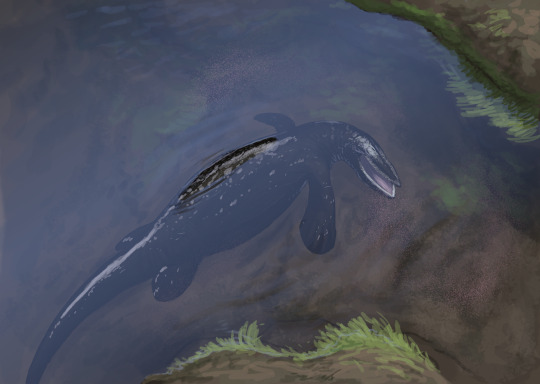
Results from the #paleostream
Arenaerpeton, Tutcetus, Comahuesuchus and Hupehsuchus.
409 notes
·
View notes
Text
Hello it's me local twitter refugee @aberrantologist and I draw dinosaurs and stuff.
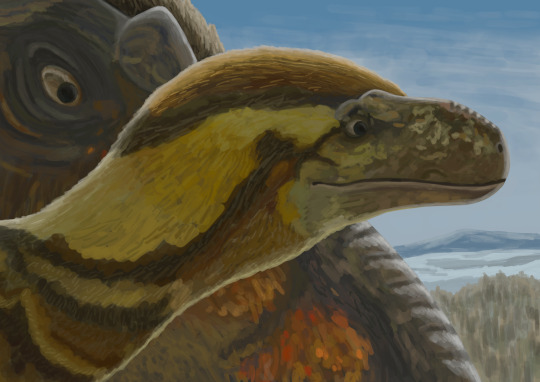

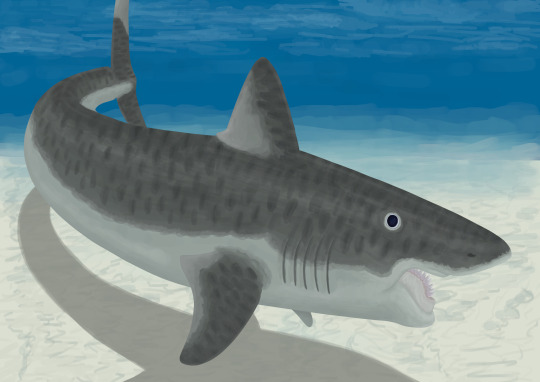

This is my first post on Tumblr so I have no clue what I'm doing. Regardless, I thought it would be a good idea to share some of my art from this year. Featuring the Prehistoric Planet Nanuqsaurus family, two very gay Halszkaraptor, a hungry Helicoprion, a speculative take on the enigmatic Hupehsuchus, and of course...

...a portrait of my dear son/daughter/child Lucky who is the best dinosaur ever (factual statement) even though all they do is bite stuff and poop everywhere. Anyways, for more paleoart and the occasional bird photo, please consider dropping a follow!

(the creature in question)
#artists on tumblr#digital illustration#paleontography#paleoart#paleoblr#prehistoric#dinosaur#birds#art
291 notes
·
View notes
Text
A remarkable new fossil from China reveals for the first time that a group of reptiles were already using whale-like filter feeding 250 million years ago.
New research by a team from China and the UK has shown details of the skull of an early marine reptile called Hupehsuchus that indicate it had soft structures such as an expanding throat region to allow it to engulf great masses of water containing shrimp-like prey, and baleen whale-like structures to filter food items as it swam forward.
The team also found that the Hupehsuchus skulls show the same grooves and notches along the edges of its jaws similar to baleen whales, which have keratin strips instead of teeth.
"We were amazed to discover these adaptations in such an early marine reptile," said Zichen Fang of the Wuhan Center of China Geological Survey, who led the research. "The hupehsuchians were a unique group in China, close relatives of the ichthyosaurs, and known for 50 years, but their mode of life was not fully understood."
Continue Reading
64 notes
·
View notes
Text
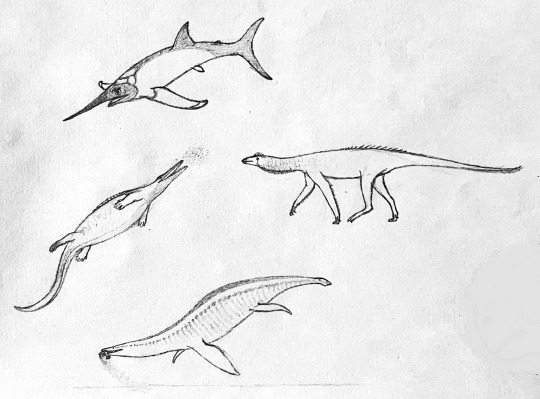
Slightly more chaotic collection of Flocking-together Paleostream sketches this time. Starting on the left is Hupehsuchus, going after a shoal of tiny Conodonts. On the bottom is a Bobosaurus, snatching a Pseudoglyphaea lobster from the seafloor. On the right is a Eocoelophysis (not closely related to the dinosaur Coelophysis, but instead a fragmentary Silesaurid) strutting along, and on the top is the remarkably billfish-like placoderm Carolowilhemina.
69 notes
·
View notes
Text
Paleostream 19/08/2023
today's Paleostream sketches!!!
today we drew Hupehsuchus, Bobosaurus, Eucoelophysis, and Carolowilhelmina

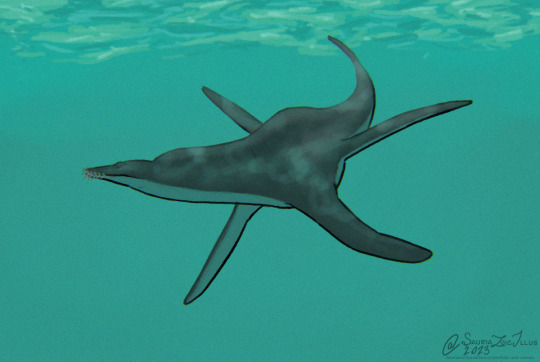


62 notes
·
View notes
Text
Life in the Early Triassic

(first row: Sclerosaurus, Lystrosaurus; second row: Hupehsuchus, Triadobatrachus, Cartorhynchus; thrid row: Rebellatrix, Atopodentatus; fourth row: Aphaneramma, Erythrosuchus)
Lystrosaurus - Julio Lacerda
Erythrosuchus - Mark Witton
Rebellatrix - Michael Skrepnick
Aphaneramma - Gabriel Ugueto
Cartorhynchus, Hupehsuchus, Atopodentatus - Nobu Tamura
Triadobatrachus - Alexey Malitskiy
Sclerosaurus - Wikimedia
We‘ve reached the Triassic period and with it the Mesozoic Era, the Age of Reptiles! Right now (about 250 million years ago), the reptiles are not dominating yet - in fact no one really was doing too well, as the Early Triassic was mostly a recovery period with low diversity after the most devastating mass extinction of all time, The Great Dying, at the end of the Permian.
The one exception to this is Lystrosaurus. The pig-sized herbivores somehow made it through the mass extinction mostly unscathed and in a now barren world they re-diversified, took up empty niches and became the most common vertebrate in many areas. It is not entirely clear why they survived. Maybe it was hibernation or burrowing that gave them some kind of protection from the worst parts of The Great Dying, maybe they were just lucky. Whatever it was, these prehistoric cockroaches marked one of the last big hurrahs of the synapsids (our own linage), before they went into hiding and lived their lifes as rodent size critters in the shadows of the reptiles for the following 200 million years or so.
The synapsids were the stars of the Permian, but only three groups of them made it into the Triassic: The carnivorous therocephalians and the herbivorous dicynodonts like Lystrosaurus with bulky bodies, mostly toothless beaks and tusk-like canines. They both went extinct during the Triassic. A third group, the cynodonts, survived much longer and will eventually include all modern mammals, from the tiniest bats to the biggest whales. But right now all of that is just some distant future.
Right now, at the beginning of the Triassic, a lot of other groups hurry to fill empty spaces. Several groups of reptiles decided that, after their ancestors once spent a lot of time and effort to evolve a terrestrial lifestyle, they want to return to the oceans. This included early cousins of the ichthyosaurs (those dolphin-shaped marine reptiles that lived alongside the dinosaurs) like Cartorhynchus and very basal sauropterygians. The most famous member of that group are the Loch-Ness-Monster-looking plesiosaurs, but one early member was the strange Atopodentatus. They possibly used their weird mouths to eat algae, making them one of the earliest herbivorous marine reptiles.
On land, the most interesting development might be the rise of the archosaurs and their close relatives. Over the span of the Mesozoic, the age of reptiles, they became the dominate group of life including many fan-favorites: The giant dinosaurs, the flying pterosaurs, the birds we have today and the wide variety of crocs, both past and present. At the beginning of the Triassic, they are just starting out, but 5 m long predators like the big-headed Erythrosuchus (although they are technically not quite archosaurs), already give a glimpse into their future.
22 notes
·
View notes
Note
top 5 prehistoric dudes but only based on how awesome their name is
1) the terrible moonrat
• Tiktaalik
• andrewsarchus (googled prehistoric animals and. this is just a guy. thats just some guys dinosona.)
• hupehsuchus (ty ivf baby for sharing him how the hell do i pronounce that)
• dodo :)
5 notes
·
View notes
Text
First filter feeding in the Early Triassic: cranial morphological convergence between Hupehsuchus and baleen whales
Published 8th July 2023
Two new specimens of the basal ichthyosauromorph Hupehsuchus nanchangensis are studied, revealing the first instance of filter feeding in ichthysauromorphs.

New specimens of Hupehsuchus nanchangensis
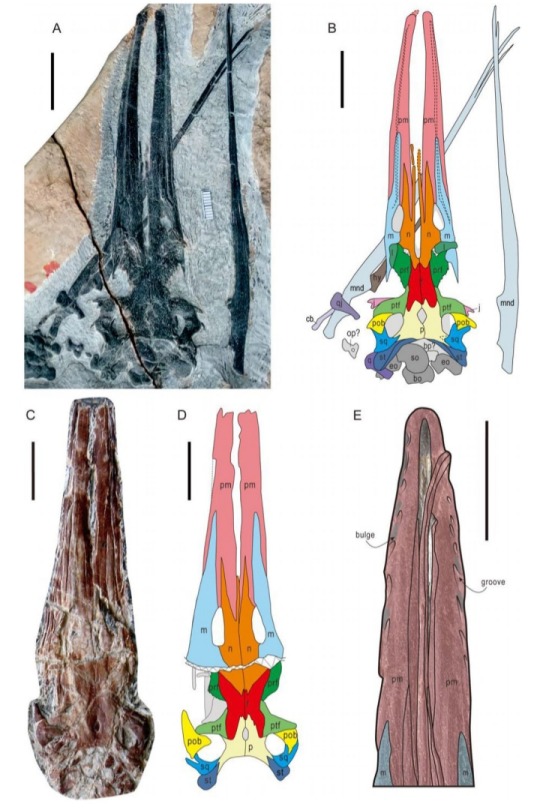
Morphological details of the Hupehsuchus nanchangensis skull
Source:
14 notes
·
View notes
Text

so we back in the paleostream, and im starting to forget how to speed draw :,v
#my art#paleo#paleoart#paleo art#triassic#devonian#hupehsuchus#bobosaurus#eucoelophisis#carolowilhelmina#placoderm
23 notes
·
View notes
Text
Long before whales, pioneering marine reptile was a filter-feeder
Artist’s reconstruction shows the Triassic Period marine reptile Hupehsuchus nanchangensis, based on fossils unearthed in China’s Hubei Province. Hupehsuchus is believed to have been a filter-feeder, akin to some of today’s baleen whales.
| Photo Credit: Reuters
The blue whale and other baleen whales, the gentle giants of the sea, sift huge quantities of tiny prey from ocean water using a…
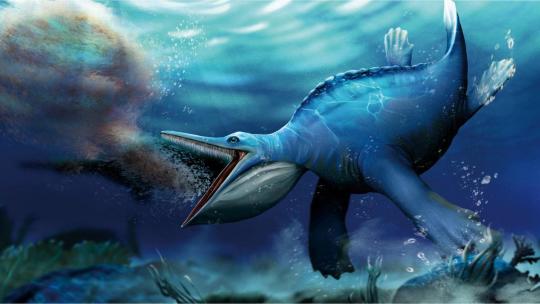
View On WordPress
0 notes
Text
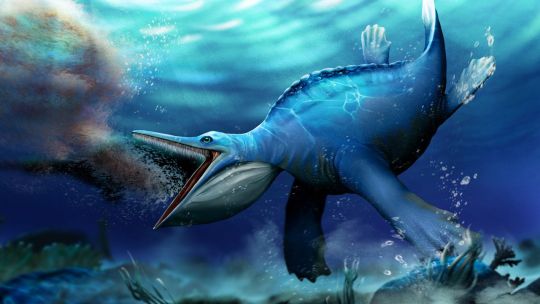
An unusual ancient marine reptile may have gulped down tons of shrimplike prey using a feeding technique similar to one used by some modern whales. The reptile, named Hupehsuchus nanchangensis, lived in Earth's oceans between 247 million and 249 million years ago, during the early Triassic Period: https://rb.gy/npc0b
0 notes
Text
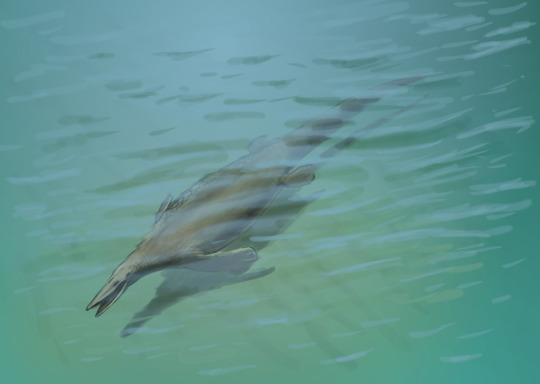
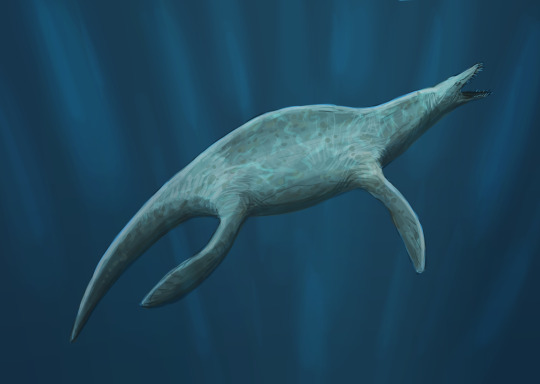
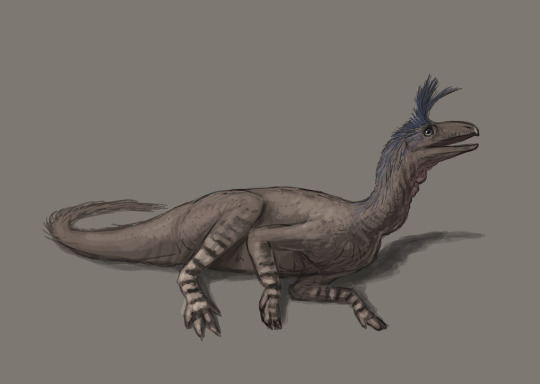
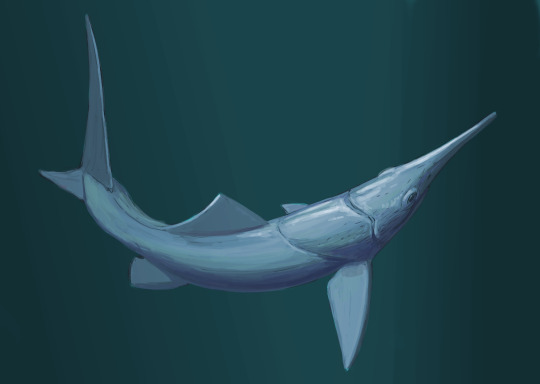
Results from the Flocking #paleostream! Hupehsuchus, Bobosaurus, Eucoelophysis and Carolowilhelmina.
358 notes
·
View notes